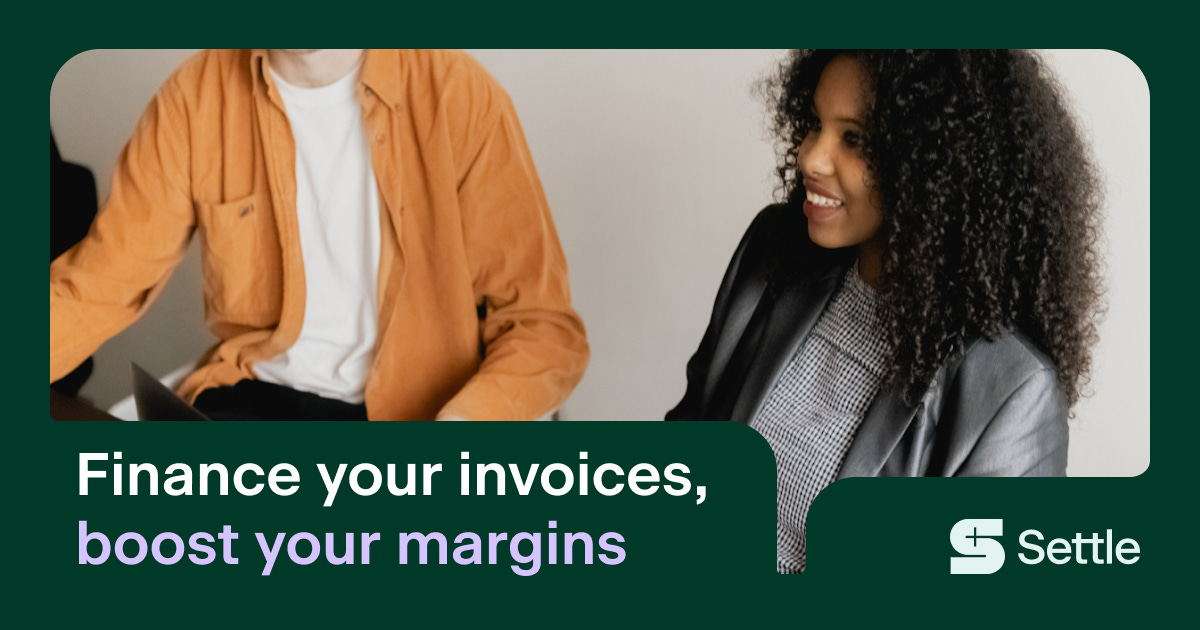Hi, and welcome back to Growth Espresso - your one-stop destination for everything e-com.
Ever feel like your customers are this close to buying, but something holds them back? Maybe they’re hovering over the checkout button, hesitating, overthinking. That’s where understanding human psychology can make all the difference.
Enter Loss Aversion — the irrational fear of losing something that’s often stronger than the desire to gain something new. Mastering this concept can turn window shoppers into loyal buyers.
Let’s break it down and see how you can use it to boost conversions and crush those sales goals.
Before moving ahead here is a word from today’s sponsor - Settle
Smarter Financing for CPG and eCommerce Brands
CPG and eCommerce founders, growing your business just got easier. With Settle, you can finance vendor payments—including inventory and ad spend—on terms that work for your business. Gain clarity on cash flow and focus on growth with rates that won’t hold you back.
The Psychology Behind Loss Aversion
Behavioral economists Daniel Kahneman and Amos Tversky were the first to crack this code with their Prospect Theory.
In a nutshell?
People hate losing more than they enjoy winning. The pain of losing $100 is psychologically stronger than the joy of gaining $100.
They ran a study where participants faced two scenarios around a deadly disease outbreak.
Scenario 1: Focus on Saving Lives
Program A: 200 people will be saved.
Program B: 1/3 chance 600 people will be saved, 2/3 chance no one will be saved.
Most people chose Program A. Safe. Predictable. Less risky.
Scenario 2: Focus on Lives Lost
Program C: 400 people will die.
Program D: 1/3 chance no one will die, 2/3 chance 600 will die.
Suddenly, people took the gamble. Program D seemed like a chance to avoid a loss — and humans hate losses.
But it’s not just in hypothetical scenarios. This concept shows up in everyday life, too.
Think about loyalty programs: Airlines and coffee shops do this well. You’re just one flight away from Gold status or two purchases away from a free latte. The fear of losing that progress keeps you coming back.
Subscription trials: Ever noticed how companies like Spotify and Netflix remind you that you’ll "lose access" to your music or shows if you cancel? That loss stings more than the satisfaction of saving $10.
Limited-time content: Platforms like Snapchat and Instagram Stories thrive on FOMO. The thought of missing out on a fleeting post makes people check in constantly.
How Ecommerce Brands Can Use This
Okay, cool story. But how does this help you sell more sweat-wicking gym gear or minimalist coffee tables?
Here’s the deal: Frame your offers to emphasize what your customers stand to lose if they don’t act.
1. Create Urgency with Scarcity
“Only 3 left in stock. Grab yours before it’s gone!”
“Sale ends in 2 hours. Don’t miss out!”
Example: Fashion brands like Revolve and Zara kill it with this tactic. They literally flash “Almost Sold Out” under their products, and boom — cart anxiety kicks in.
2. Highlight Potential Losses in Abandoned Cart Emails
“That cozy sweater is almost gone. Come back before it’s too late!”
“Oops! Your items are still in your cart. But they won’t stay there forever.”
Example: Brooklinen uses loss aversion perfectly. Their abandoned cart emails make it feel like missing out on that buttery-soft sheet set is a tragedy.
3. Use Social Proof with a FOMO Twist
“100+ people have bought this today. Will you miss out?”
“Join the 50,000 happy customers who didn’t wait.”
Example: Airbnb and Booking.com lean heavily on this. “5 people are looking at this listing” is all it takes to get someone clicking “Book Now.”
4. Introduce Time-Limited Offers
“Your exclusive 20% off code expires in 24 hours.”
“Last chance to lock in free shipping.”
Example: Amazon’s Lightning Deals are a classic. They slap a countdown timer on deals, and shoppers instantly feel the pressure.
5. Offer Free Trials With a Loss Angle
“Enjoy premium access for 30 days — you’ll never want to go back.”
“Your VIP trial is almost over. Keep your perks by subscribing now.”
Example: Audible often sends reminders at the end of trials emphasizing the loss of your audiobooks if you cancel. Works like a charm.
Flip the Frame. Win the Sale.
Next time you’re crafting a product launch, email sequence, or site banner, think: How can I frame this as a potential loss?
Because when the fear of missing out kicks in, wallets open.
And that’s the kind of psychology-backed marketing that turns browsers into buyers.
So, how will you tap into loss aversion in your next campaign? Hit reply and let me know — I’m all ears!



